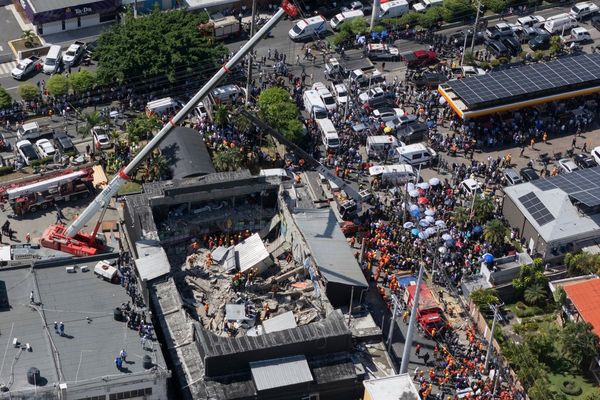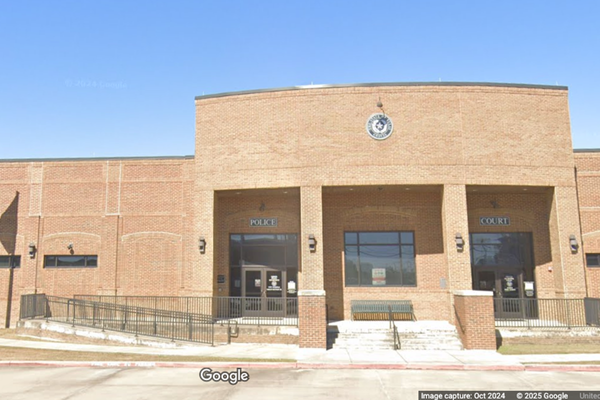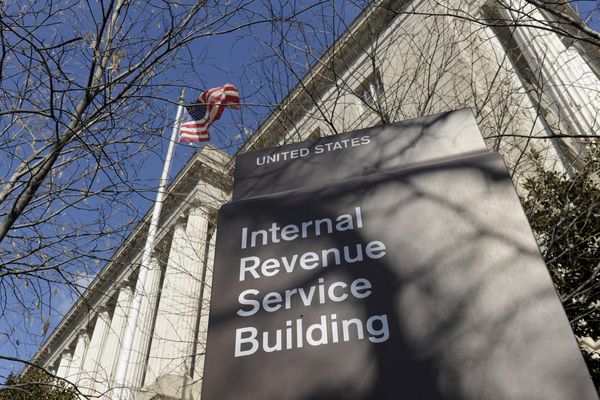One in four youths who spent time in the Cook County Juvenile Detention Center were shot or killed in the years following their release, according to data from a long-running Northwestern University study of incarcerated youth.
A study published last week in the Journal of the American Medical Association found rates of gunshot injury and death for some juvenile detainees were more than 20 times higher than the general population, said Linda Teplin, a Northwestern researcher who founded Northwestern’s Juvenile Project.
The Northwestern study has tracked the lives of approximately 1,800 teens who were held at the detention center in the mid- to late-1990s, a population that is heavily Black and Hispanic, and overwhelmingly poor, Teplin said. By looking at data reported by study participants at intervals since the study opened, researchers calculated a rate of firearm-related injury and death.
The rate of deaths and shootings among the former juvenile detainees was higher even than for minority groups that have higher risk of gun violence, Teplin said. Shootings of Black study participants occurred at more than twice the rate of Blacks overall, and Hispanic juvenile detainees were shot at a rate 10 times higher than average. White males in the study, the smallest group, suffered gunshots at 23 times the rate of peers.
“The findings aren’t surprising when you consider who is in the Juvenile Detention Center, which is a very high-risk group of poor, Black and Hispanic males,” Teplin said. “What this says is, the stereotype of kids in juvenile detention being the perpetrators of gun violence. But they are also very likely to be the victims of gun violence.”
The findings should guide policy makers to move young people leaving custody into programs that can help prevent violence, including connecting them with community-based organizations once they leave a hospital or detention center, Teplin said.
“This is an important population to receive preventive interventions to reduce risk,” Teplin said. “Juvenile detention is temporary, so when they come back to their communities what are we doing to keep them out of trouble?”
Since the Northwestern study began in the late-1990s, 88 of the study subjects have died, seven by suicide, 76 by homicide and four killed by police officers, according to the paper. The highest rate of gun injuries among study participants of all races came between the ages of 15 and 19, which roughly overlaps with the ages of defendants in juvenile court. The oldest study participants would now be in their 40s.
Teplin notes that the number of juveniles in detention facilities has declined sharply over the years. But the rate of injury is unlikely to have dropped for the current crop of juvenile detainees, she said, noting that the much smaller population in juvenile custody today is more likely to be held for more serious crimes.
Likewise, the study likely under-counts the number of injuries because it does not include shootings that happened before the participants joined the study and did not count multiple injuries to the same participant.







